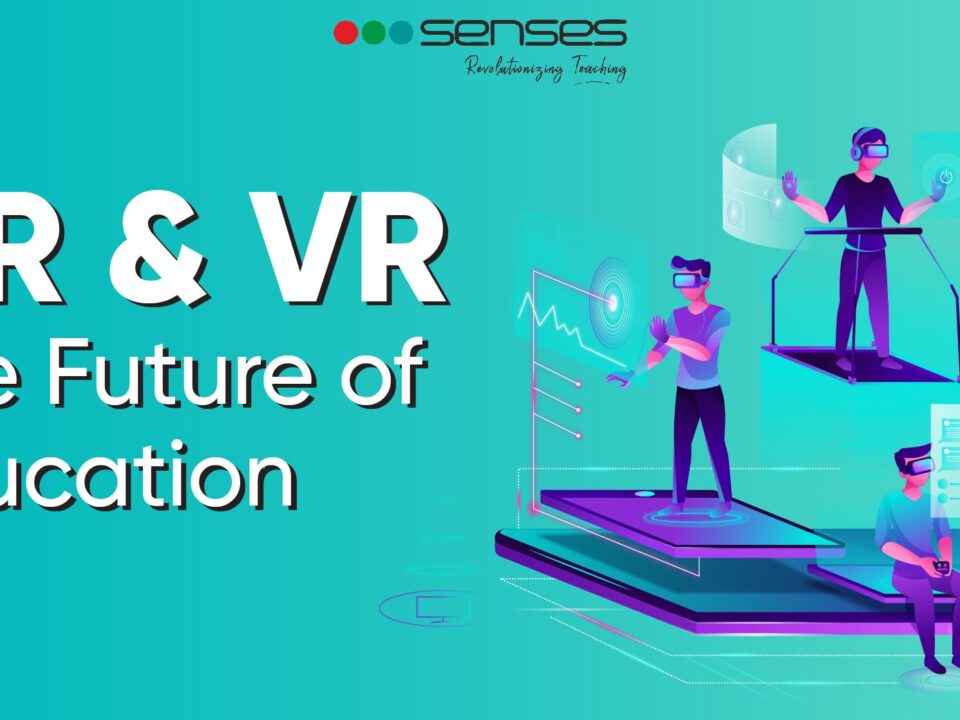Moving Students from Digital Citizenship to Digital Leadership

Moving Students from Digital Citizenship to Digital Leadership
Current situations are revealing the true leaders within the community, and leaders who just claim the same. Almost the whole world is under lockdown and the nations have announced temporary closure for all businesses. Some industries like the Airlines, are directly affected by it and quite a few have already laid off a lot of their staff almost 90% of it because of the restrictions on operations. But this is not the first time that the government has ordered the ground fleet and shelter in place.
A similar instance had occurred when the attack of 9/11 took place in the U.S. When all other airlines followed the practice of sit and watch, Southwest Airlines’ staff was given the encouragement by their CEO, James Parker, of using the fun and humorous approach to accompany the stranded passengers to the movies and bowling alley and enjoy themselves. Not just that, he also retained his employees and issued profit-sharing payments. This incident highlighted true leadership qualities over just the head of the company qualities.
Things have changed, with a ton of advancements in technology, we now focus on developing digital leadership qualities and not just the age-old list of skills to imbibe. This has to start from a young age when the minds of the kids are fictile. Students are already being taught digital citizenship, but now the time has come to sail the ship in the direction of digital leadership. Digital leadership is making use of technology, the internet, digital devices, and using it to benefit the status quo and transform outdated practices by collaborating and innovating.
The whole concept of moving students from digital citizenship to digital leadership is to be understood in-depth. So, let’s get into it.
1. Digital Mission
The minds of the students are usually very dynamic and creative. They come up with innovative ideas and solutions that sometimes are challenging to come up with even for adults. But they are also very volatile. Students need to be taught to first vision their idea in execution and then develop a working mission towards the same. This will help them not deviate from their goal while surpassing set milestones. This mission should include how well they will utilize the digital resources given at hand to accelerate the run towards the achievement of their goal efficiently.
2. Practicing Advocacy
Now that the students are encouraged and guided towards setting a mission for themselves, they should be led towards how to be advocates for what they believe to gauge the backing of the community. For this purpose, they can be taught how to rightly use social media platforms and school communication platforms, so they can set the tone for their projects and themselves as performers.
3. Community Collaboration
Advocacy will bring in support from the community and even peers, but how to collaborate with them to bring added value to their projects needs to be practiced. Every Batman needs his Robin. Hence, to evaluate who brings the most expertise required to outperform during the execution of the mission is something that will have to be taught and collaboration on several platforms like AI-based student applications will prove to be beneficial, as it will give them insights in the efforts put and the results received. MIT Sloan Management Review showed that over 20,000 managers, analysts, business executives believe that digital literacy is not enough to be digital leaders, they need to know how to successfully collaborate and build teams.
4. Digital Entrepreneurs
You taught your students how to effectively use technology and related aspects, they have even improved and enhanced their skills, but what next? Next comes teaching them how to be digital entrepreneurs. Basically, how to put all these learnings about and from technology, to develop a meaningful entity that they can take charge of. Digital entrepreneurship will teach these kids how to take control and bloom in winters.
5. Constant Upgrading
Once these students have developed the skills of a good digital leader, it is imperative to sustain and upgrade those skills. Learning never stops. Identifying new sources and concepts of learning and getting everyone to benefit from it displays digital leadership. This practice will also help these students when they start working as entrepreneurs or employees. Workforce collaboration by regular up-gradation of skills will get them closer to their ambition faster. The world and its demands are constantly changing, to keep up it is significant to enhance ourselves regularly.
Digital Leadership is more of an aspect of learning than its concept. To develop future leaders who are proficient within the digital world, garnering them from the early stages is the correct path to choose. Students will always be famished and capacious for learning new things, but the essentials of the learning modules are decided by the facilitators. So, teachers also need to realize the significance of these qualities and work towards inculcating them in their students.



